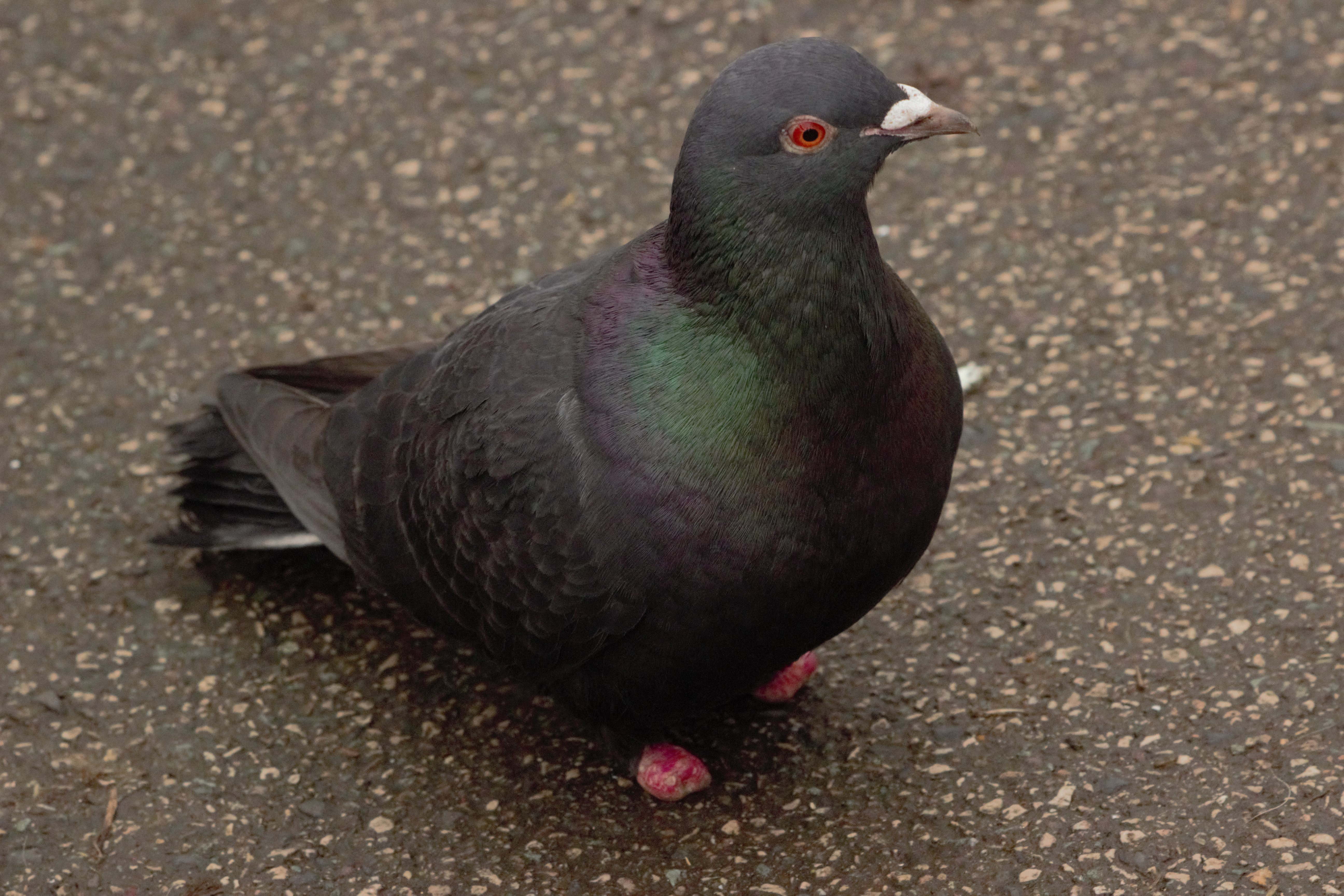Pigeons with missing toes and deformed feet are a disturbingly familiar sight in many cities. While it’s often assumed that these injuries stem from infections and grime, a 2019 study conducted by researchers in France suggested another, more unexpected factor: hairdressing salons.
Researchers from the Center for Ecology and Conservation Sciences in Paris investigated the cause of pigeons’ deformed feet by studying the urban bird population in their local city environment.
Reported in the journal Biological Conservation, the team documented the occurrence of toe mutilations on urban pigeons from 46 sites in the French capital. This was then paired with data on the environmental conditions of each site, such as its population density, levels of air and noise pollution, and organic pollution.
In total, they found 30 pigeons with mutilated toes, equating to 20 percent of the adult pigeon population sampled.
It appeared that infectious disease had little to do with the mutilated feet. Other studies have suggested that pigeons with dark feathers have more robust immune systems and have sturdier reactions to parasitic infections. Therefore, if missing toes were caused by an infectious disease, you’d expect the paler pigeons to be more severely affected. However, this wasn’t the case; both pale and dark pigeons were impacted equally.
Additionally, when one foot was hurt, the other foot was no more likely to be hurt than normal, further suggesting that infection was not the issue.
City livin’ ain’t easy: A pigeon with a missing toes.
Image credit: David James Chatterton/Shutterstock.com
They did, however, find that more pigeon toes were missing in neighborhoods with dense populations, as well as more air and noise pollution. It strongly suggests that humans are somehow involved.
In particular, the team noticed that the mutilated pigeon feet seem to be closely associated with the number of hairdressers in the area. It was also linked to places where synthetic fibers and strings might be lying around, such as open markets and street food stalls.
The researchers hypothesize that pigeons encounter discarded hairs and artificial threads, perhaps when collecting nesting materials, which then become tightly wrapped around their toes. Over time, these fibers cut off circulation, leading to swelling, tissue damage, and eventually the loss of digits.
“The string or hair is ‘captured’ when the bird walks on the ground. Then it can drop off, or stay captured on a toe. If the bird tries to take it off, it can succeed or at the opposite tighten it on a toe,” Frédéric Jiguet, lead author of the study and an ornithologist and professor at the Muséum National d’Histoire Naturelle in Paris, told IFLScience in 2019.
Pigeons are rampant in cities because they’ve adapted remarkably well to the urban environment. Descended from domesticated rock doves that live among rocky cliffs, feral pigeons find the ledges, rooftops, and crevices of buildings ideal for roosting and nesting. Busy urban areas also provide a steady food supply, from human handouts and dropped food, allowing them to thrive year-round with little fear of predators.
City-slicking pigeons get a bad rap for being pizza-pecking, disease-ridden “rats with wings”, but perhaps it’s time to rethink that reputation – these birds are simply doing their best to survive in the harsh, human-dominated environments we’ve created.
“Humans often accuse pigeons to be dirty animals and pathogen reservoirs, dangerous for humans, and mutilated because they live in their dirt. But, in fact, they are the victims of human pollutions,” added Jiguet.
“They suffer far more from our pollution than we suffer from their presence,” he concluded.
Source Link: Why Do Pigeons In Cities Have Missing Toes And Disfigured Feet?
